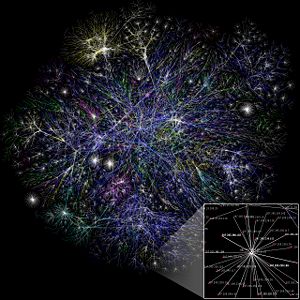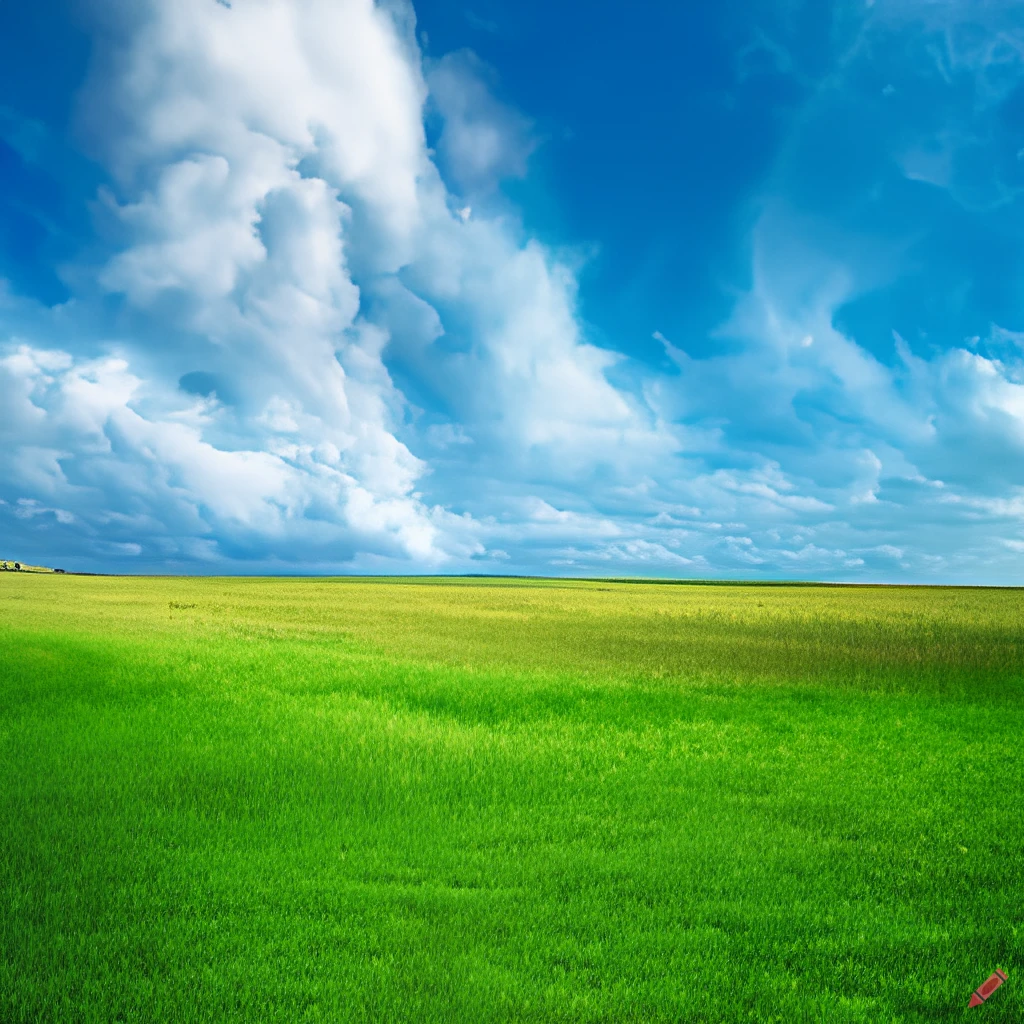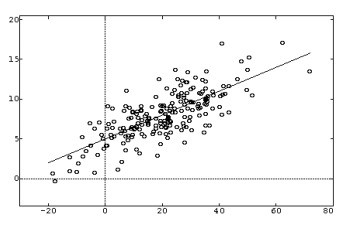- Air Homepage
- Privacy Policy
- Webpage Weather Links
Why include webpage weather links?
Is it a good idea to use webpage weather links? If you do so, you are really doing a service for your visitors, yourself and the net in general.
Why? Other websites might link to a scientific website explaining weather and environmental topics like this one to give their readers accurate information. Experts create scientific websites, so their content is reliable.
Links to this website can help other websites share valuable knowledge with their readers and help them understand weather and environmental issues better. That's like recommending a book written by an expert on a particular topic because you know the info inside is good.
Please share the knowledge presented here if you find it useful.
Webpage weather links or your visitor
Am I a typical visitor? As a user, when I am researching and I find a science article explaining an enticing topic for me, I look for extra information (on global warming for instance.) Either for comparison or to complement what I just read. It gives me a more complete and interactive picture. And my viewpoint ends up more unbiased after sufficient study.
Do your website visitors like scientific topics? They might enjoy your webpage weather links then.
Weather for your web communications
Offer supplementary information to your visitors. These webpage weather links establish credibility for your site, blog, podcast or forum entry. And then people communicate the site's features to others and you get a solid reputation as a good source of cunning referrals.
Apparently search engines smile upon first-class webpage weather links as well. What happens eventually? Overall, you become a prominent expert in your field.
I invite you to take a look and refer to my meteorology or air quality information. HTML code is supplied below to make the mechanics of including the needed links easier for you.
How to get it? Copy and paste the entire contents of the box after the number of your choice. Feel free to modify it as you see fit.
Here's another idea. Use this free
exchange link software to find other decent sites and link exchange partners to swap online webpage weather links (and others) with your website. If, on the other hand, you're simply looking for a handy
online weather report, have a look at this page.
Meteorology links
These links cover weather instruments.
#1
#2
The measurements a barometer makes Barometer: A barometer measures atmospheric pressure. Typically, it's a glass tube filled with mercury or a liquid of similar density that rises and falls as the pressure changes. The barometer predicts weather patterns, as high pressure usually indicates clear skies and calm weather, while low pressure usually means storms are coming.
#3
Weather Satellite Images
Spacecraft that orbit the Earth take pictures of the planet from space called weather satellites. Weather patterns, cloud cover, and other meteorological phenomena can be seen in these images. Satellite images can help forecasters make more accurate weather predictions, track storms, and monitor droughts.
#4
Solar Radiation
Solar radiation is the energy the Earth gets from the sun. This includes visible light, ultraviolet light, and other forms of electromagnetic radiation. The amount of heat and energy absorbed by the planet's surface depends on solar radiation.
#5
Satellite Pictures
Satellite pictures are pictures of the Earth taken by satellites orbiting the planet. Landforms, oceans, and weather patterns can all be studied using these pictures. Deforestation or sea level rise can also be monitored using satellite pictures.
#6
Radar: Weather in real time
Weather in real time: Radar uses radio waves to detect and locate objects, like precipitation and other weather phenomena. Weather radar tracks storms in real-time, letting you know their location, intensity, and movement. Weather warnings and advisories can be issued based on this information.
#7
Doppler radar
Radar that uses the Doppler effect to measure moving objects, like precipitation and wind, is called Doppler radar. Storms, tornadoes, and hurricanes can be tracked with Doppler radar.
#8
Weather Radar
Sometimes there are flaws in radar, though.
While weather radar is useful for detecting weather conditions, it has some some flaws, like:
-Radar beam attenuation happens when the beam passes through dense precipitation, causing the signal to weaken or go away.
-Anomalous Propagation: When the radar beam is refracted by the atmosphere, it bends and creates false echoes. It's when the radar beam reflects off stationary objects, like buildings or mountains, creating false echoes.
-Radar beam blockage: When terrain or other obstacles block the radar beam, areas of the radar image are obscured or missed.
These webpage weather links educate your readers about weather maps.
#9
Storm Chasing
Observing or studying severe weather conditions, like thunderstorms, tornadoes, and hurricanes, is storm chasing. Radar, weather data, and other tools are typically used by storm chasers to track severe weather conditions. After that, they go to the storm's location to see and document it.
#10
Conservation of angular momentum
The conservation of angular momentum states that a system's angular momentum stays constant unless it's acted upon by an outside force. Rotation around an axis is measured by angular momentum. Astrophysics uses this principle to explain the behavior of rotating stars and planets, among other areas of physics.
#11
Thermometer pictures
A thermometer picture shows the current temperature using a thermometer. It shows the temperature in Celsius or Fahrenheit on a scale. It's commonly used to measure air temperature in different weather conditions.
#12
Sudden changes in weather
Natural phenomena such as storms, thunderstorms, hurricanes, and tornadoes can cause sudden and unexpected changes in weather conditions. It can be used to monitor these sudden changes and provide accurate forecasts.
#13
How to read Weather Radar
Radar is used to detect precipitation, storms, and other weather conditions in a particular area. Here's how to read weather radar: Radar images show precipitation intensity in different colors. Green means light precipitation, yellow means moderate precipitation, and red means heavy precipitation.
Radar images can track precipitation movement. Radar echoes over time can tell you the direction of movement. Radar echoes can also tell you what type of precipitation it is, like rain, snow, or hail.
#14
Radar for Weather
Radar for weather gathers information about atmospheric conditions like temperature, humidity, and wind speed using radar technology. It's great for tracking and forecasting severe weather.
#15
Satellite photos
Satellite photos show weather patterns and atmospheric conditions. Weather events like hurricanes, storms, and cloud formations can be tracked and predicted using these images.
#16
Hygrometers
A hygrometer measures how much moisture is in the air. They can measure humidity, dew point, and other moisture-related conditions. Weather forecasting and monitoring rely on these instruments.
#17
Rain gauges
The rain gauge measures how much rain falls in a particular area over time. Tracking precipitation levels and monitoring floods can be done with them.
#18
Dew point definition
Water vapor in the air condenses into liquid form at the dew point, usually as dew. It's a measure of moisture in the air, and can be used to calculate relative humidity.
#19
Federal weather stations
Government-run weather stations monitor and collect weather data from different parts of the country. Weather forecasters use them to prepare for severe weather.
#20
Jet streams
Jet streams are narrow bands of strong winds in the upper atmosphere that flow west to east. Storms and hurricanes can be predicted based on their impact on weather patterns.
#21
NOAA radar weather
Radar Weather: The NOAA (National Oceanic and Atmospheric Administration) Radar Weather system gives you real-time information on precipitation, thunderstorms, and other weather conditions. Radar technology detects and tracks weather patterns.
#22
Read about upper air charts
Upper air charts show the weather at different altitudes above the earth's surface. You can use them to forecast future weather patterns based on temperature, humidity, pressure, and wind speed and direction.
#23
Forecast future weather
Forecasting future weather involves analyzing current weather conditions and making predictions about what the weather will be like in the next few hours, days, or weeks. Using this information can help you plan and prepare for severe weather.
#24
Weather Satellite
A weather satellite monitors and collects data on atmospheric conditions and weather patterns. Cloud formations, precipitation, and other weather-related phenomena can be seen in real-time.
#25
Weather jet streams
What do they mean? Jet streams are fast-moving, narrow bands of wind in the upper atmosphere. Weather patterns can be influenced by them, and they can be used to predict weather systems.
#26
Vorticity
Vorticity: Vorticity measures the rotation of air in the atmosphere. The parameter is used to understand the behavior of weather systems like hurricanes and tornadoes in atmospheric dynamics.
#27
Weather vanes
A weather vane measures the direction of the wind. A wind indicator usually consists of a rotating arrow or figure mounted on a vertical rod.
#28
500 millibar weather map
A 500 millibar weather map shows the distribution of air pressure at a height of approximately 18,000 feet above sea level. Weather systems can be analyzed and predicted using it.
These webpage weather links give some physics and theory behind weather forecasting.
#29
First law of thermodynamics.
How it is used for analyzing upper air and radiosonde data. In thermodynamics, the First Law of Thermodynamics states that energy can't be created or destroyed, only transferred or converted from one form to another. As energy transfers play a big role in weather patterns and atmospheric dynamics, it's important in atmospheric science.
#30
Water vapor
Water vapor is a gas that's present in the atmosphere in varying concentrations. In addition to forming clouds, precipitation, and transferring heat, it is an important component of the earth's climate system.
#31
Many temperature conversions
Temperature and thermodynamics. The process of converting temperatures from one scale to another is called temperature conversion. Temperatures are measured in Celsius, Fahrenheit, and Kelvin around the world. Making temperature calculations or comparing readings from different sources often requires temperature conversions.
#32
Wireless thermometers
Wireless thermometers are digital thermometers that use wireless technology to send temperature readings to a remote display or data logger. They're usually used outdoors or when the temperature needs to be monitored remotely. They are also included in Radiosonde packages.
#33
Convection currents
Basically, convection currents are air or water currents caused by temperature or density differences. Storms and hurricanes are formed by convection currents in the atmosphere.
#34
Different types of clouds (How they're formed)
There are a few different types of clouds, each with its own characteristics and weather patterns. Cumulus clouds, stratus clouds, and cirrus clouds are all common types of clouds.
#35
Explain humidity
Humidity measures the amount of water vapor in the air. It can be expressed in several ways, including absolute humidity (the amount of actual water vapor in the air), relative humidity (the amount of water vapor present relative to the maximum amount the air could hold at a given temperature), and dew point (the temperature at which water vapor in the air condenses into liquid).
#36
Thunderstorm Cumulonimbus Clouds
Cumulonimbus clouds are large, vertically-developed clouds associated with thunderstorms. In addition to their towering heights and flat anvil-shaped tops, they often produce heavy rain, lightning, hail, and strong winds. As warm, moist air rises, it cools and condenses into cloud droplets, releasing heat energy that fuels the storm's growth.
#37
Causes of lightning thunder and rainstorms
Thunderstorms, lightning, and rainstorms are all phenomena that happen within thunderstorms. Thunder is caused by the rapid expansion of air heated by lightning discharge, while lightning is caused by the buildup and discharge of electrical charges inside the cloud. Clouds and precipitation are formed when water vapor cools and condenses in the atmosphere.
#38
Weather inversions
When warm air sits on top of cooler air near the ground, it's called a weather inversion. Fog, smog, and temperature inversions can all be caused by this. Pollutants can get trapped near the ground when there's a temperature inversion. While often associated with calm winds, they can cause turbulence in the atmosphere, which can affect aviation and other activities.
For those who need a meteorological consultant to conduct air quality dispersion pollution assessments and help their communities avoid air pollution, here is the link.
More Links
These aren't weather links on websites, but they're helpful. Here's how you can tell important people about something you found. They might like it too if you do.
You can find a complete list of pages and links on the site map.
Search this site for more information now.
Would YOU like to provide additional information to your visitors?
Here you will find links to webpages with weather information - explanations of the weather and air quality.
Do you have concerns about air pollution in your area??
Perhaps modelling air pollution will provide the answers to your question.
That is what I do on a full-time basis. Find out if it is necessary for your project.
Have your Say...
on the StuffintheAir facebook page
Other topics listed in these guides:
The Stuff-in-the-Air Site Map
And,
Thank you to my research and writing assistants, ChatGPT and WordTune, as well as Wombo and others for the images.
GPT-4, OpenAI's large-scale language generation model (and others provided by Google and Meta), helped generate this text. As soon as draft language is generated, the author reviews, edits, and revises it to their own liking and is responsible for the content.





New! Comments
Do you like what you see here? Please let us know in the box below.